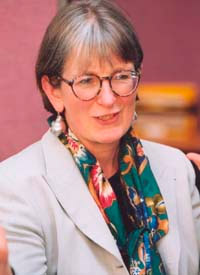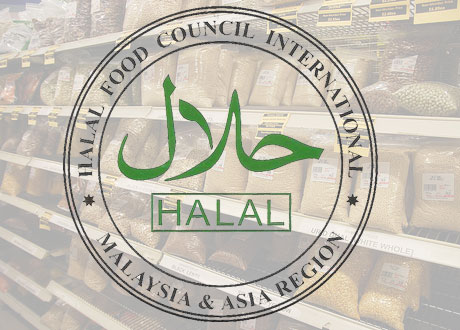By: Sheila Moorcroft
The race is on to take advantage of the $2 trillion (and rising) market opportunity represented by the global Muslim population, many of whom are young, well educated, fashion conscious and tech savvy.
What is changing?
The global Muslim population currently stands at about 1.6 billion; by 2020 it is forecast to reach 1.9 billion about one quarter of total world population. The vast majority of Muslims live in Asia-Pacific and Africa, but there are also large and often rapidly growing Muslim populations in Western countries. the Muslim population are also younger than the global non-Muslim population, with about 60% under the age of 30; that is more than 8 million under 25.
Many are well educated and technology aware; they are entering not only the job market but prime consumer markets and want more freedom and self-determination but also reassurance that the goods and services they use support their values and beliefs. Halal certification is there to provide that reassurance.
Halal certification of products is growing. It is most widely known for its application to food stuffs, in particular meat, but it also covers product areas as diverse as finance, fashion, cosmetics, healthcare, tourism and the organisations which provide them. Halal certification is about reassuring consumers that the products or services which they are buying are pure, made with high quality ingredients, and that they conform to the standards and ethics which they aspire to – such as goodness and wholesomeness, cruelty free and at one with nature. Malaysia has taken a strategic decision to become the global leader in providing certification; Singapore, Brunei Indonesia and the USA are also investing.
Why is this important?
Currently, the global halal market for all products is estimated at $2.1 trillion, and growing at an estimated $500 billion per year – no company can afford to ignore an opportunity on that scale and many are gearing up to become lead players.
…this target market group is set to have grown 30% between 2010 and 2030, but it is anything but uniform – more like a mosaic…
Secondly, this target market group is set to have grown 30% between 2010 and 2030, but it is anything but uniform – more like a mosaic, with different needs, national cultures and contexts, generations and expectations ranging from the traditional to the forward looking, technology minded, fashion conscious. Products and services will need not only to be Halal, they will as ever need to meet all the conventional standards of relevance, quality, reliability, and price as well.
Demand for Halal products is also likely to rise among non-Muslim consumers. For example, the ethical approaches behind Sharia or Halal finance are likely to appeal to consumers fed up with the behaviour and performance of western banks and the impact of toxic assets – and indeed there are already signs that non-Muslim consumers are switching. Companies serving Muslim consumers may also want to follow Islamic banking standards to ensure that their whole supply chain, not just the end-product meets Halal standards – the same will increasingly apply to all aspects of the supply chain. A recent report on general global food trends highlighted purity, authenticity and sustainability as among the top 10; these correspond with the ethos of Halal – again, providing cross over opportunities.
Western companies are waking up to this enormous opportunity providing information and adapting their products, services and marketing; but so too are companies in emerging market economies and they are much closer to their potential customers. The race is on.
By Sheila Moorcroft
About the author
 Sheila has over 20 years experience helping clients capitalise on change – identifying changes in their business environment, assessing the implications and responding effectively to them. As Research Director at Shaping Tomorrow she has completed many futures projects on topics as diverse as health care, telecommunications, innovation management, and premium products for clients in the public and private sectors. Sheila also writes a weekly Trend Alert to highlight changes that might affect a wide range of organisations. www.ShapingTomorrow.com
Sheila has over 20 years experience helping clients capitalise on change – identifying changes in their business environment, assessing the implications and responding effectively to them. As Research Director at Shaping Tomorrow she has completed many futures projects on topics as diverse as health care, telecommunications, innovation management, and premium products for clients in the public and private sectors. Sheila also writes a weekly Trend Alert to highlight changes that might affect a wide range of organisations. www.ShapingTomorrow.com

